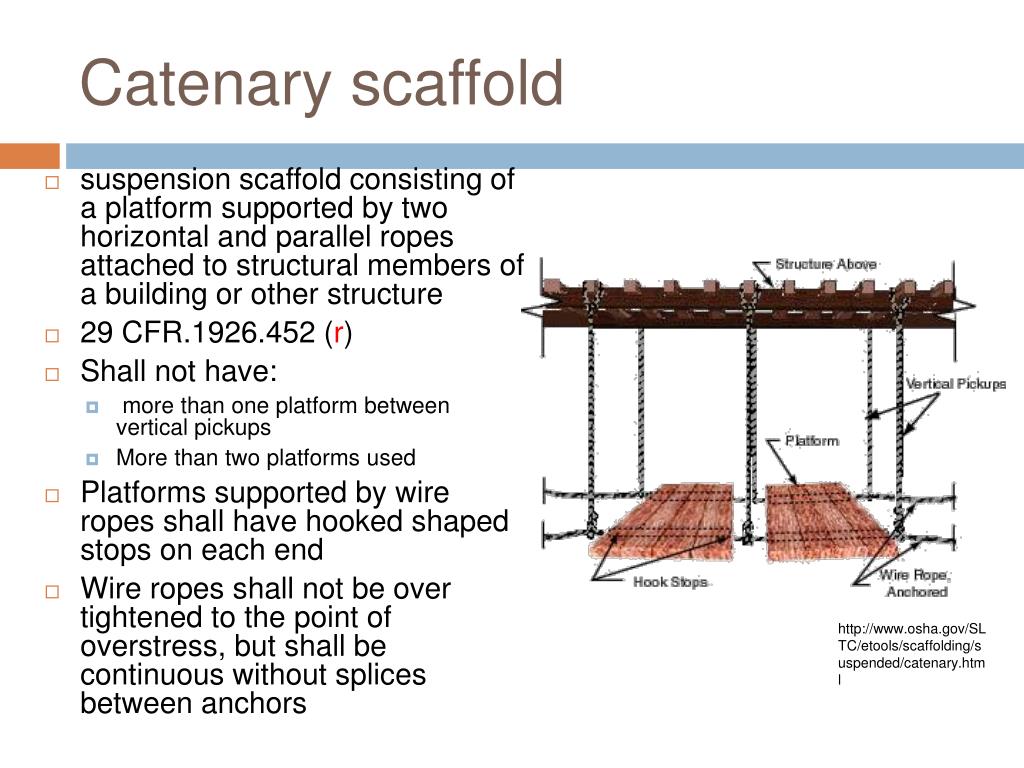
(v ) Distance between posts shall not exceed 8 feet. (iv ) Posts shall be equivalent in strength to 2 inch by 4 inch lumber orġ 1⁄ 4 inch × 1 1⁄ 4 inch × 1⁄ 8 structural angle iron or (iii ) Toeboards shall be equivalent in strength to 1 inch by 4 inch lumber orġ 1⁄ 4 inch × 1 1⁄ 4 inch structural angle iron or (ii ) Midrails shall be equivalent in strength to 1 inch by 6 inch lumber orġ 1⁄ 4 inch × 1 1⁄ 4 inch × 1⁄ 8 inch structural angle iron orġ.990 inch ×. 070 inch wall steel tubing or 1.990 inch ×. (i ) Toprails shall be equivalent in strength to 2 inch by 4 inch lumber orġ 1⁄ 4 inch × 1⁄ 8 inch structural angle iron orġ inch ×. Platform units used to make scaffold platforms intended for light-duty use shall be capable of supporting at least 25 pounds per square foot applied uniformly over the entire unit-span area, or a 250-pound point load placed on the unit at the center of the span, whichever load produces the greater shear force. (i ) Allowable spans shall be determined in compliance with the National Design Specification for Wood Construction published by the National Forest Products Association paragraph 5 of ANSI A10.8-1988 Scaffolding-Safety Requirements published by the American National Standards Institute or for 2 × 10 inch (nominal) or 2 × 9 inch (rough) solid sawn wood planks, as shown in the following table: The association or agency and the grading rules under which the wood is graded shall be certified by the Board of Review, American Lumber Standard Committee, as set forth in the American Softwood Lumber Standard of the U.S. Such planks shall be identified by the grade stamp of such association or agency. (b ) Solid sawn wood used as scaffold planks shall be selected for such use following the grading rules established by a recognized lumber grading association or by an independent lumber grading inspection agency. All dimensions are nominal sizes as provided in the American Softwood Lumber Standards, dated January 1970, except that, where rough sizes are noted, only rough or undressed lumber of the size specified will satisfy minimum requirements.

(a ) The following tables, and the tables in part 2 - Specific guidelines and tables, assume that all load-carrying timber members (except planks) of the scaffold are a minimum of 1,500 lb-f/in 2 (stress grade) construction grade lumber. (2 ) Masons' multi-point adjustable suspension scaffolds. (1 ) Stonesetters' multi-point adjustable suspension scaffolds. (p ) Two-point adjustable suspension scaffolds. (o ) Single-point adjustable suspension scaffolds. (n ) Step, platform and trestle ladder scaffolds. (g ) Form scaffolds and carpenters' bracket scaffolds. (d ) Plasterers', decorators' and large area scaffolds. Scaffold components which are not selected and loaded in accordance with this Appendix, and components for which no specific guidelines or tables are given in this appendix (e.g., joints, ties, components for wood pole scaffolds more than 60 feet in height, components for heavy-duty horse scaffolds, components made with other materials, and components with other dimensions, etc.) must be designed and constructed in accordance with the capacity requirements of § 1926.451(a), and loaded in accordance with § 1926.451(d)(1).

However, the guidelines do not provide all the information necessary to build a complete system, and the employer is still responsible for designing and assembling these components in such a way that the completed system will meet the requirements of § 1926.451(a). An employer may use these guidelines and tables as a starting point for designing scaffold systems. This appendix provides non-mandatory guidelines to assist employers in complying with the requirements of subpart L of this part. (Non-mandatory) Appendix A to Subpart L of Part 1926 - Scaffold Specifications


 0 kommentar(er)
0 kommentar(er)
